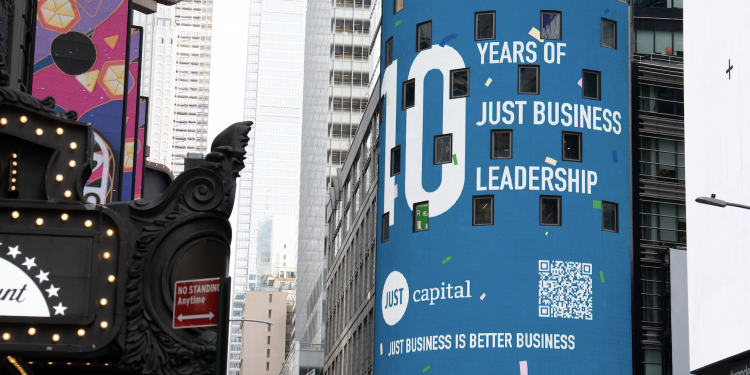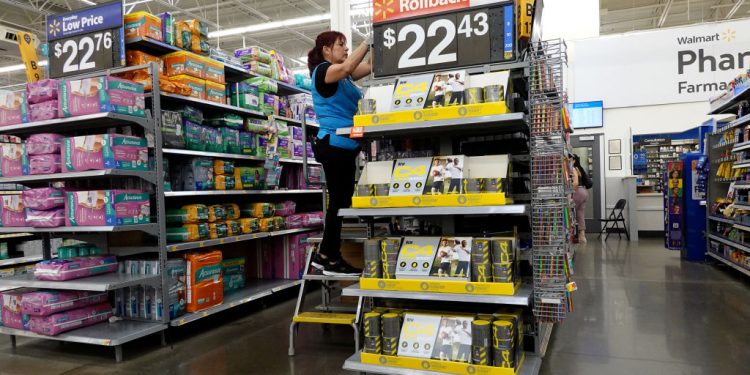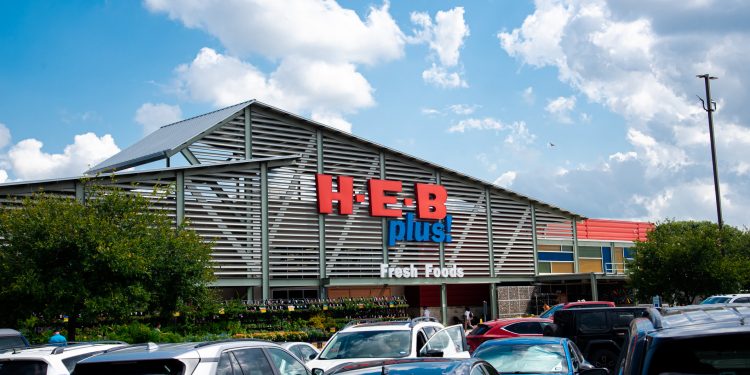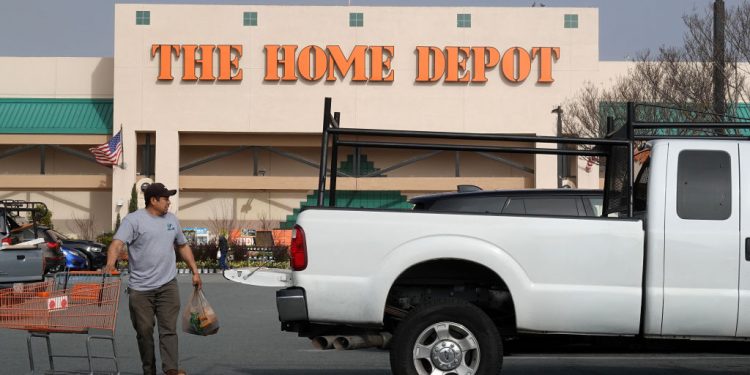Navigating Business Conduct Risks: Insights from JUST Capital Companies
The COVID-19 pandemic exposed weaknesses in global supply chains, resulting in increased attention to supply chain risks, including child and forced labor. Recent EU regulation will require additional due diligence on global supply chain risks and large companies like those within the Russell 1000 that operate across regions will experience pressure to evaluate the effectiveness of their policies or face significant penalties abroad. We also see in our polling that human rights issues in supply chains are fairly important to the American public, ranked at 11th in 2023.
At the same time, domestic workers are increasingly prioritizing freedom of association and collective bargaining. In late 2023 polling of the American public’s view on business, “majorities from every political party (92% of Liberals, 86% of Moderates, and 74% of Conservatives) [were] in support of collective bargaining.”
In response to this environment of heightened scrutiny and public polling data, JUST Capital and RepRisk partnered to analyze trends in risk incidents among companies in the Russell 1000 Index over the last decade with a focus on the most recent three years (2020-2023) and key issues including Supply Chain, Child and Forced Labor, and Freedom of Association and Collective Bargaining. We then examined how and if disclosure of policies and actions to mitigate these risks influence their incidence.
Supply Chain Risk:
Unsurprisingly, RepRisk recorded an increase in risk incidents related to supply chains such as human rights risks, geopolitical risks, poor labor practices and use of conflict minerals during the pandemic for Russell 1000 companies. However, the count of these incidents has returned to pre-pandemic levels in the last three years. As vendors and suppliers are considered part of the supply chain, supply chain risks were found to be linked to companies who are held accountable for the actions of their suppliers. Heightened regulatory scrutiny underscores the need for comprehensive risk management strategies to ensure compliance and mitigate potential liabilities across global supply chains.
Child and Forced Labor Risk:
According to the UN, child labor incidents globally declined between 2000 and 2016. However, conflicts, crises, and the COVID-19 pandemic have reversed this trend, pushing families into poverty and forcing more children into labor. Though the majority of Russell 1000 companies have not been linked to child and forced labor, a small subset have, despite regulatory efforts and the reputational consequences.
Freedom of Association Risk:
Freedom of association risk refers to violations of workers’ rights to organize and collectively bargain, and includes, for example, interfering with union formation and participation, retaliation against striking workers, and refusal to comply with union agreements. Over the last three years, RepRisk has captured an increase in freedom of association risks within the Russell 1000 companies. This coincides with increased attention to workers’ rights issues in the US, highlighting the growing importance of addressing labor rights and maintaining ethical employment practices.

Over the past 10 years, the recorded risk incidents are linked to a subset of just 192 Russell 1000 companies. In the more recent three-year period, this subset has narrowed down to 106 companies with recorded risk incidents.
Across all four risk categories, there have been 902 risk incidents in the last 10 years, with 291 incidents reported in the last three years.
JUST Capital takes RepRisk’s data in these four areas and rolls them into a singular data point called Labor & Human Rights Controversies in the Supply Chain, which are then filtered for the highest severity.
In JUST Capital’s 2024 Rankings, there were 87 unique risk incidents of this type, distributed over 54 companies, following the trend of a high concentration of risk incidents in a small number of companies.
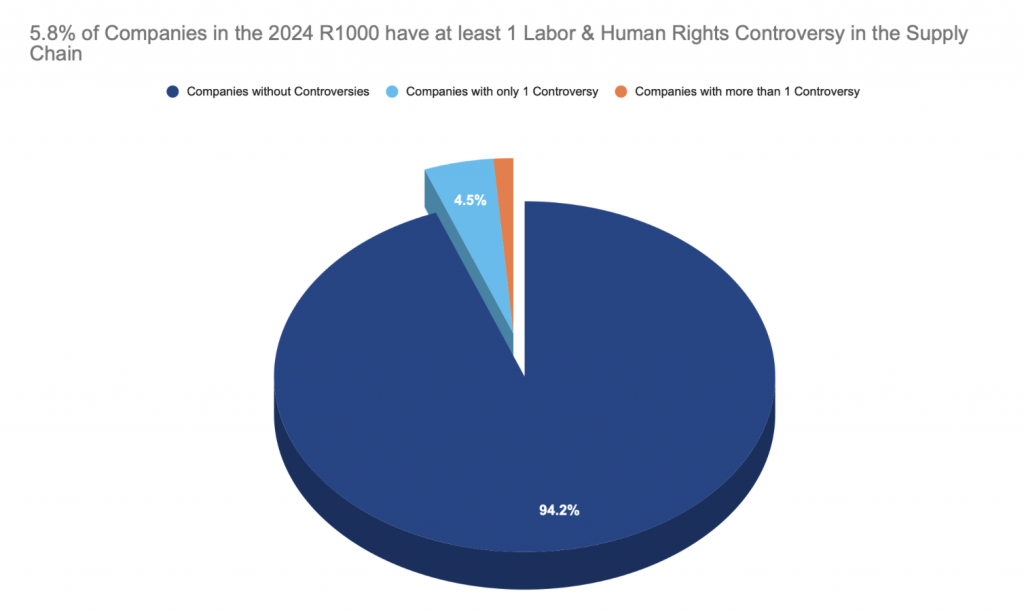
Of the 36 industries JUST Capital evaluated between 2020 and 2023, 13 had no companies with risk incidents, 10 had one, 9 had two, and 4 had greater than two. These four highest risk industries are Retail, with 9 risk incidents, Clothing & Accessories and Food, Beverage & Tobacco, both with 6, and Restaurants & Leisure with 5. Risk is defined by the number of incidents in an industry – rather than percent, as industries vary in size – with the highest-severity risk incidents regarding labor and human rights in the supply chain.
When analyzing a portion of JUST Capital’s human rights data in conjunction with risk data, we found that there was no clear relationship between industry risk and industry disclosure of policies and actions to mitigate these risks.
JUST Capital Policy and Action Data Points
JUST Capital identifies human rights data points assessing the degree to which companies are actively auditing and reporting on human rights within their supply chain as well as taking remedial action. You can learn more about the below policies and actions and our methodology HERE.
Policies:
- Human Rights Statement for Suppliers
- ILO Mentioned in Supplier Code of Conduct
- UN Guiding Principles Mentioned in Supplier Code of Conduct
Actions:
- Human Rights Audit Performed
- Human Rights Remedial Actions Disclosed
- Human Rights Audit Findings Reported
The following graphs reveal the percent of companies within each of the four highest risk industries that are disclosing policies or actions on the six data points above that JUST Capital uses to assess a company’s human rights efforts.
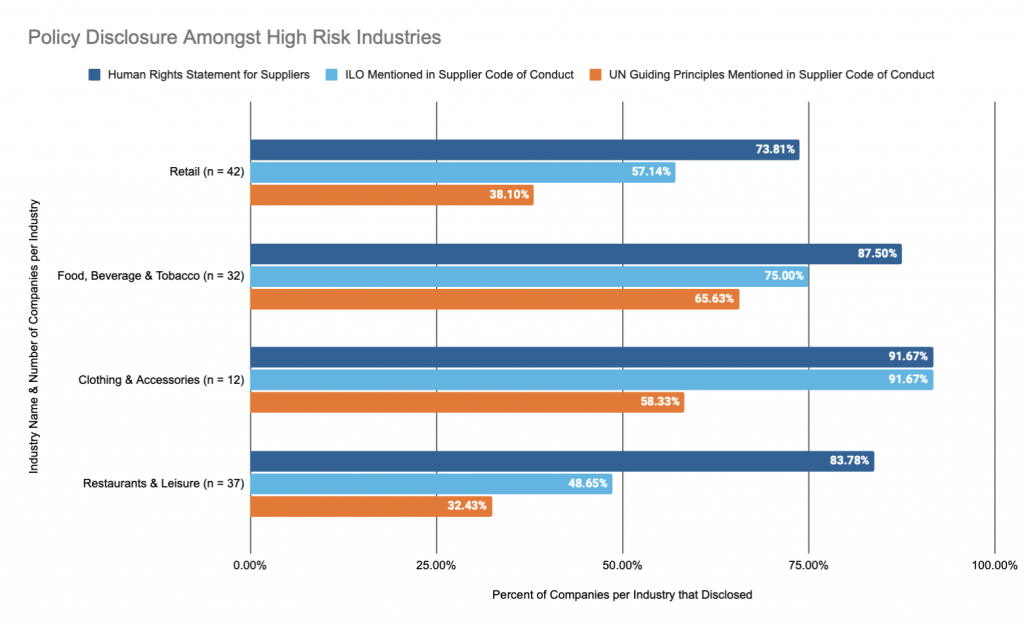

Rates of disclosure of global supply chain risks and associated actions vary among industries. This is evident in the comparison between Clothing and Accessories vs Retail. Retail reported the lowest percent of disclosure, while Clothing & Accessories showed the highest rate of disclosure amongst high-risk industries. This is likely due to the fact that Clothing & Accessories is a more heavily regulated industry as companies produce a similar product whereas Retail involves a variety of products, limiting the ability to standardize disclosure requirements.
When compared to industries of a similar size, high-risk industries were found to have lower rates of disclosure. For example:
- For industries similar in size to Retail: Utility companies – which are highly regulated – only had two risk incidents flagged but had high policy disclosures, They led in percent of companies with human rights statements for suppliers. Industrial Goods leads in human rights audits and had no risk incidents flagged.
- For industries similar in size to Food, Beverage & Tobacco and Restaurants & Leisure: Semiconductors and Equipment did not have any flagged risk incidents, despite being prone to human rights issues like conflict minerals and labor violations. They had the highest disclosure of human rights statements for suppliers and human rights audits.
- For industries similar in size to Clothing & Accessories: Technology Hardware – which has a single risk incident – has a strong presence for two of the overall rarer disclosures around a) disclosing remedial action plans and b) reporting audit findings. Energy Equipment & Services did not record any risk incidents and ranked second-highest when it comes to disclosing human rights statements for suppliers and performing human rights and supply chain audits.
Discussion
Industries with no – or minimal – risk incidents had high rates of disclosures of sustainable human rights practices. However, industries with known exposure to human rights and supply chain risks had high rates of disclosure as well, indicating that rates of disclosure do not necessarily mitigate incidents of risk. Rates of disclosure could be indicative of legal requirements applying more heavily to one industry, pushing for further human rights due diligence, e.g. disclosure of remedial action plans or reporting the findings of human rights audits. Perceived salience or applicability to the human rights space plays a role, leading to a natural order of leading and lagging industries. Companies in industries that rely on global supply chains are going to have somewhat high disclosures compared to less clearly implicated industries. Risk mitigation in the form of these six data points is not foolproof. For example, reference of the UNGPs may be indicative of a company’s commitments, but did not influence the number of risk incidents occurring. Across all industries, more work can be done to mitigate these types of risks, especially in light of increasing scrutiny on these issues from the American public. In a mixed-policy, region-dependent environment, standardization benefits companies trying to ensure compliance.
About this Partnership
JUST Capital is an independent nonprofit dedicated to demonstrating how just business – defined by the priorities of the public – is better business.
JUST Capital engages RepRisk as their third-party data partner for collecting data on systematic risk incidents, as reported by media and other stakeholders, taking into account incident severity, relevance, and prominence, and scales these by a company’s global revenue to account for the increased attention that large companies experience.

